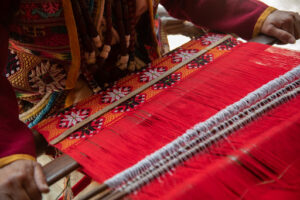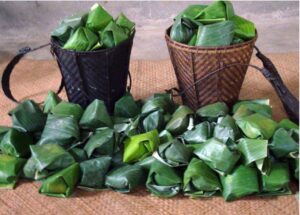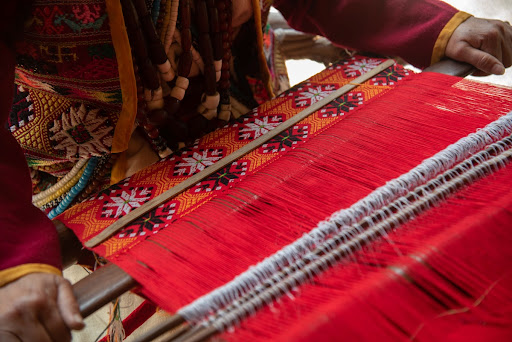In a significant recognition of the rich cultural heritage and unique products of Arunachal Pradesh, the Yak Churpi, Khamti Rice, and Tangsa Textile have been awarded the coveted Geographical Indication (GI) tag by the GI Registry. This distinction marks a milestone for the state, celebrating its indigenous products and fostering economic growth in the region.
Yak Churpi, an indigenous fermented milk product, derives its distinctive characteristics from the Arunachali yak breed. With an exceptional high protein content, omega-3 fatty acids, and antioxidants, this cheese is a nutritional powerhouse. It is also a natural source of calcium, phosphorus, magnesium, zinc, vitamin A, vitamin D, and vitamin E, making it a valuable addition to the culinary and health landscape.
The Arunachali yak breed, nurtured by tribal yak pastoralists called Brokpas, follows a seasonal migratory pattern. During the summer, these pastoralists, along with their yaks, ascend to high-altitude areas exceeding 10,000 feet, and in the winter, they descend to mid-altitude mountainous regions. This unique method of preparation at such high altitudes is expected to confer advantages to the tribal herders, protecting them from the cold and hypoxia while also enriching their nutrition, as explained by Dr. Vijay Paul, Principal Scientist at NRC-Yak, who played a pivotal role in the GI application process.

The Tangsa Textile, originating from the Tangsa tribe in Changlang district, has captivated the world with its exquisite designs and vibrant colors. The Tangsa tribe, primarily residing in Changlang, consists of various sub-tribes, each contributing to the unique heritage of Tangsa textiles. The GI tag will not only preserve the authenticity of these products but also elevate the livelihoods of the artisans and weavers.

Khamti Rice, renowned for its exceptional taste, has been cultivated in the Namsai district of Arunachal Pradesh. This sticky rice variety not only delights palates but also promotes the growth of beneficial gut bacteria, thanks to its insoluble fiber content. The GI tag for Khamti Rice will add value to this product and aid in the socio-economic development of the region.

The Geographical Indication tag is a legal recognition that designates products as originating from a specific geographical area, acknowledging their unique qualities and preserving traditional knowledge and craftsmanship. This distinction not only protects the intellectual property rights of the artisans but also promotes the economic growth of the region by boosting tourism and trade.







